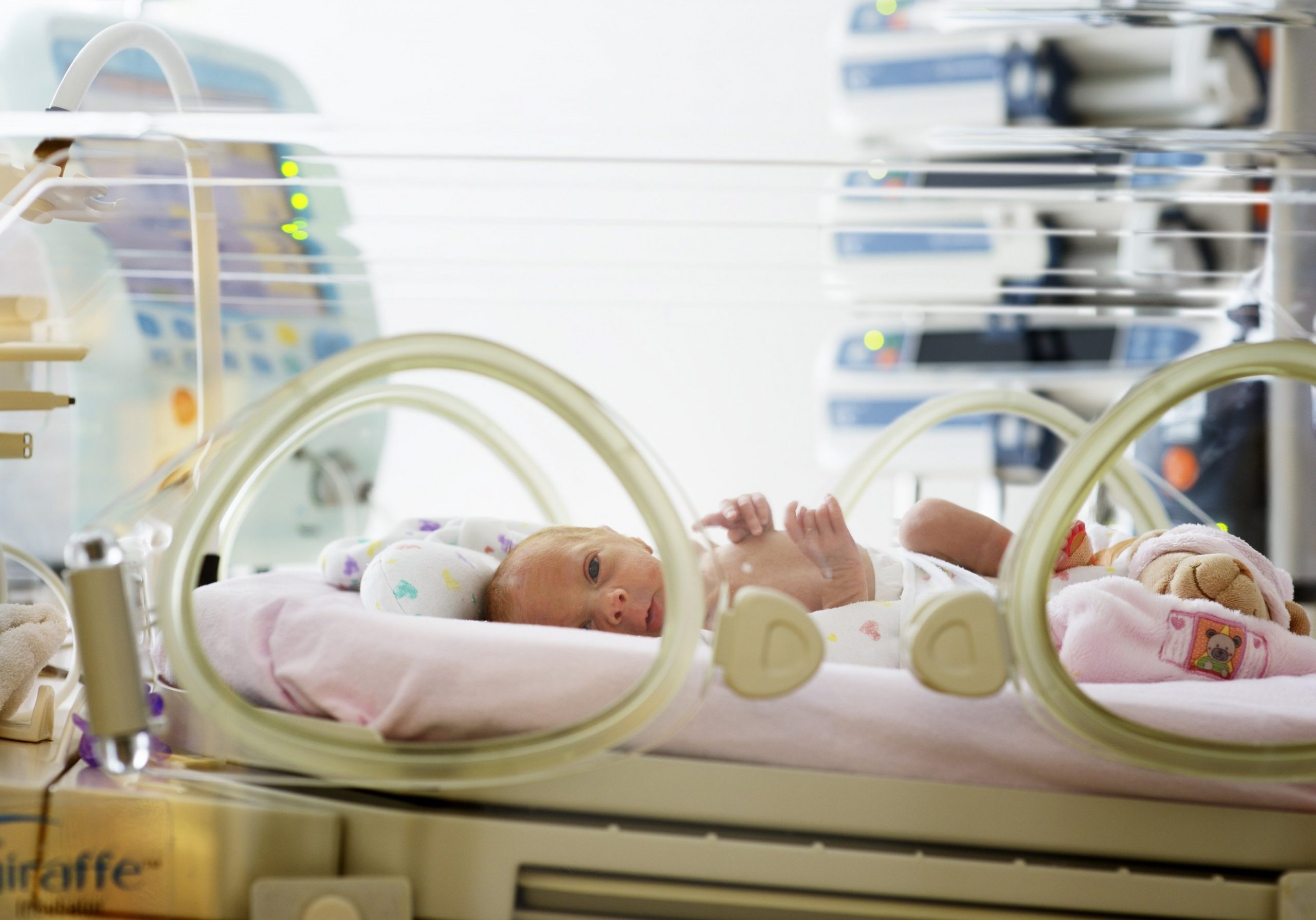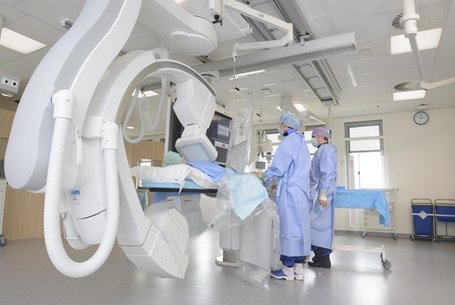
Every year, around 15 million babies are born prematurely worldwide. Almost all of them spend some time in an incubator so that they can gain strength. Each of them is covered in electrodes and connected to a monitor via a tangle of wires. All of this in order to keep a close eye on the babies. An alarm goes off at least a few hundred times a day in these wards. In many cases this is a false alarm that doctors do not have to respond to. This causes ‘alarm fatigue’ among nursing staff, which means that they may be less responsive to an alarm that does matter.
Rohan Joshi has devised a way of avoiding false alarms in the event of lower heart rates or oxygen levels. One that is based on machine learning. In addition, the PhD student at TU/e uses this technique to enable critical alarms to be triggered 20 seconds sooner. Doctors at the Máxima Medical Centre are able to do their work more effectively because of this invention, . They don’t have to respond to non-emergency calls as much and can intervene more quickly when needed.
Joshi is one of approximately one hundred PhD candidates who are connected to the Eindhoven MedTech Innovation Center (e/MTIC). This is a collaboration between TU/e, Philips and three leading clinical hospitals in the region, Namely: the Máxima Medical Center, Kempenhaeghe and Catharina Hospital in The Netherlands. Within this consortium, researchers want to bring new healthcare innovations to patients more quickly. “We work in three different areas: pregnancy and birth, sleep disorders and cardiovascular diseases. In many cases, research is still carried out in an invasive manner. This can be quite daunting for patients. One of the things we want to do is ensure that patients are able to be monitored without the need for invasive contact,” says Carmen van Vilsteren of e/MTIC.
Another one of e/EMTIC’s projects: Multimillion euro grant brings artificial womb for premature babies one step closer
Increasing comfort levels
In addition to the algorithm, Rohan Joshi has also designed special pressure sensors. Van Vilsteren: “These are located in the mattress that the baby lies on. They measure the same things as the patches which are normally applied to the skin. This increases the level of comfort for babies considerably. Patients at Kempenhaeghe could benefit from this as well. They are also covered with sensors when they undergo sleep research. The ultimate goal is that people will be able to be monitored at home too.”

It is possible not only to treat a disorder, but also to prevent or detect diseases more quickly by monitoring people at home. That’s according to Van Vilsteren. “The hospitals we work with all have an enormous amount of patient data at their disposal. This enables us to provide support to physicians in a smart way. It can serve as a basis for making decisions concerning the treatment of a patient. But it is precisely through combining and analyzing all of this data across a variety of areas that you are also able to have something to say about the development of a disorder. This is how connections are found that would otherwise have remained undetected.”
More can be done under current privacy legislation than is often presumed, Van Vilsteren states. “It is often about interpreting what is conceivable within the boundaries of the law. You can see that because of this, companies and healthcare institutions are very cautious in their actions in order to avoid risks. As a consequence, they share less data or store less of patients’ data.”
That’s a pity in her opinion. “The technology that is needed to compare this variety of patient data is developing rapidly. Kempenhaeghe has an incredible amount of data on sleep. It could be the case that interesting insights could be gained by combining sleep data with heart failure data. However, the use of (patient) data should not be allowed arbitrarily, even if it has been rendered anonymous. Before you can analyze this data, you have to obtain prior consent from patients.”
Data portal
Researchers at e/MTIC are working on a data portal to make this kind of analysis and the necessary data exchange possible. “We make clear in advance what patient data can be used for and that this data is shared here solely within e/MTIC. At present you see that researchers sometimes take up to a year to set up a clinical study. They are no longer able to see the wood for the trees. That’s due to all the various rules and regulations that they have to comply with. We want to take that work off their hands by setting up that infrastructure and supporting them with their submissions. This will enable us to significantly speed up the innovation process without skipping any steps. Of course, we don’t want to act negligently or contravene any rules.”
Although e/MTIC has been officially in existence for just one year, the cooperation goes back much further than that. “The TU/e has been working with hospitals for about 25 years and the relationship with Philips goes back much longer,” says Van Vilsteren. These are no longer separate projects within the e/MTIC framework, but rather an approach based on a vision that has been clearly outlined by the parties involved. “We are working on a collective roadmap. The advantage is that we are working together with hospitals. This means that we know what is going on with doctors and patients. This allows you to come up with a solution based on specific needs. We then test a concept several times with patients and physicians. Then we take the next step in the form of a new algorithm or a prototype.”
e/MTIC has a strong industry partner in Philips. Which makes sure that new techniques are less likely to remain on the shelf, Van Vilsteren adds. “When you first set up a medical start-up from a university, that road is often very long. A party like Philips knows its way around, which is a huge help. E/MTIC has a far greater impact because of this.”
On Friday 11 October e/EMTIC is organizing a symposium at the TU/e entitled ”Technology meets Value-based Health Care‘. This will be organized together with the Dutch CardioVascular Alliance. The inauguration of Lukas Dekker will also be highlighted. Dekker is a researcher at e/EMTIC in the field of cardiovascular diseases. Registration is possible via Mrs. A. van Litsenburg at [email protected].

